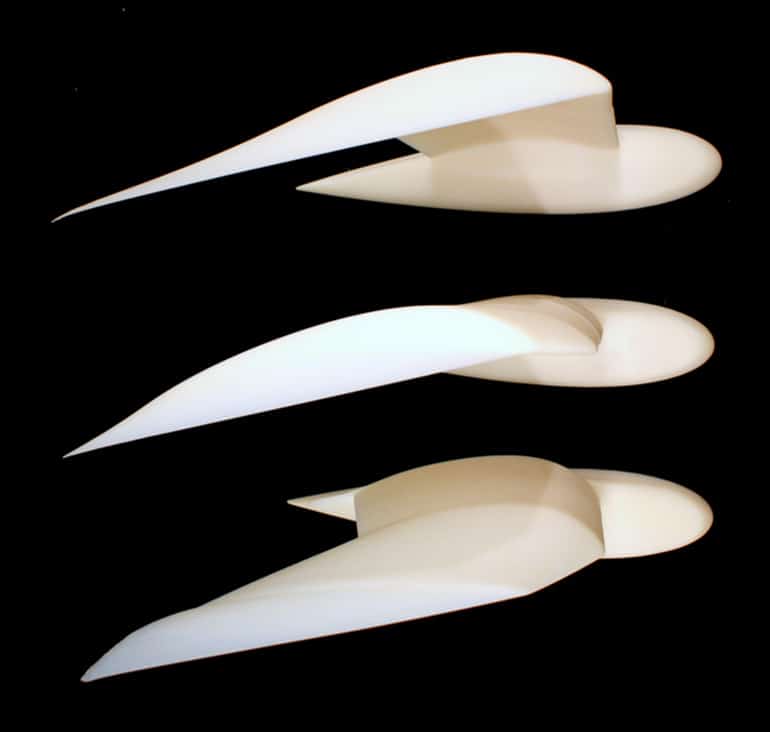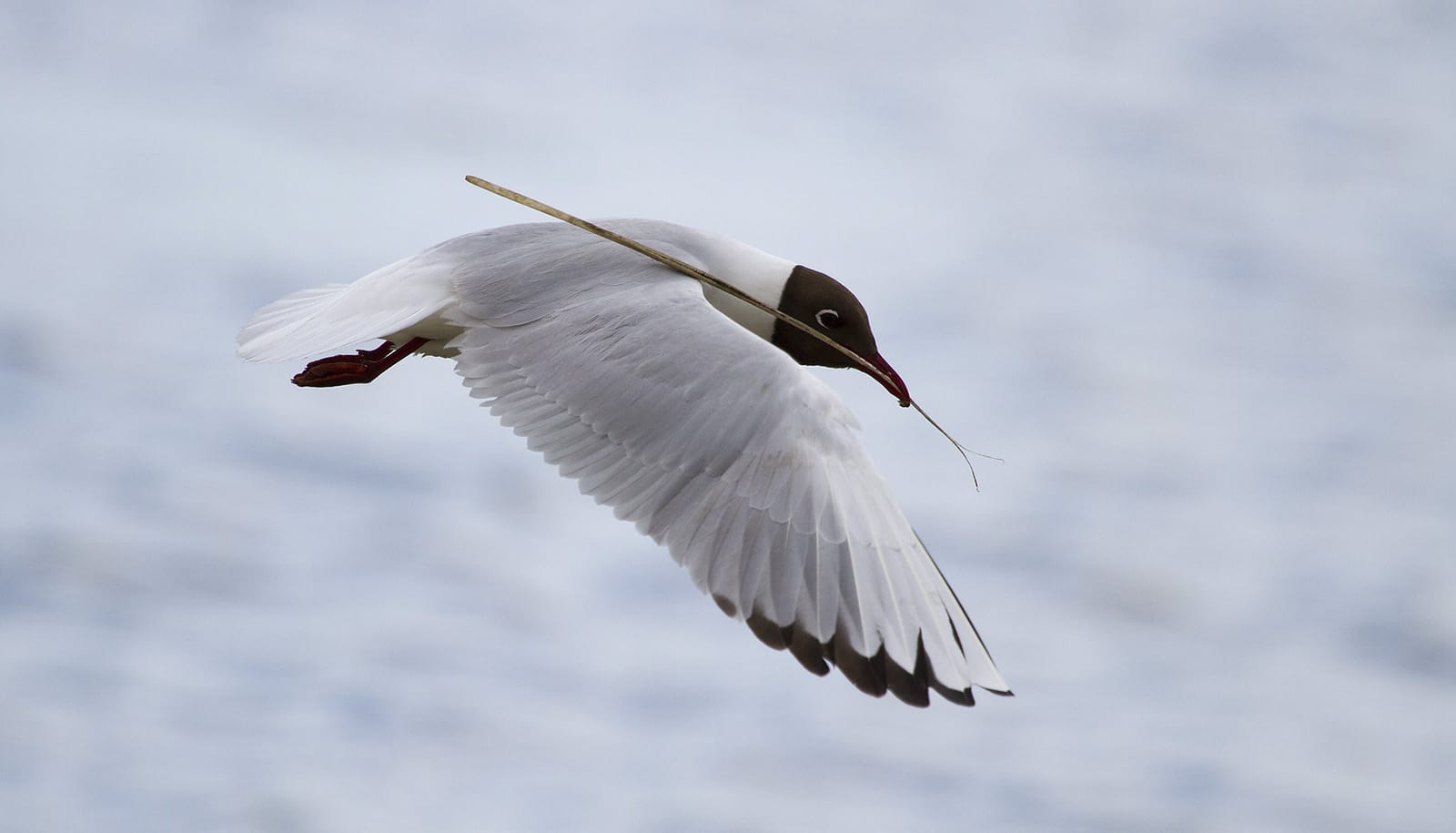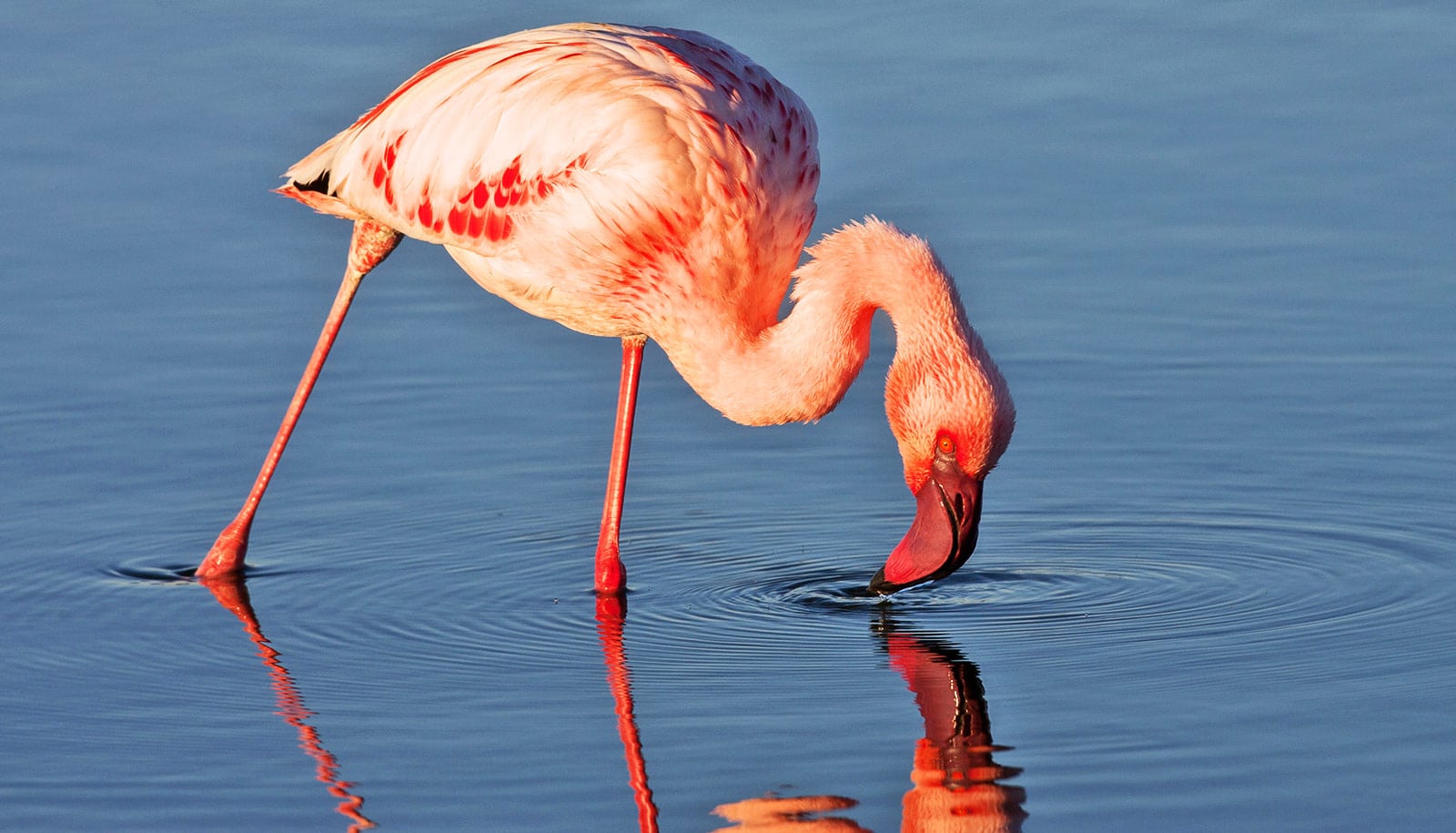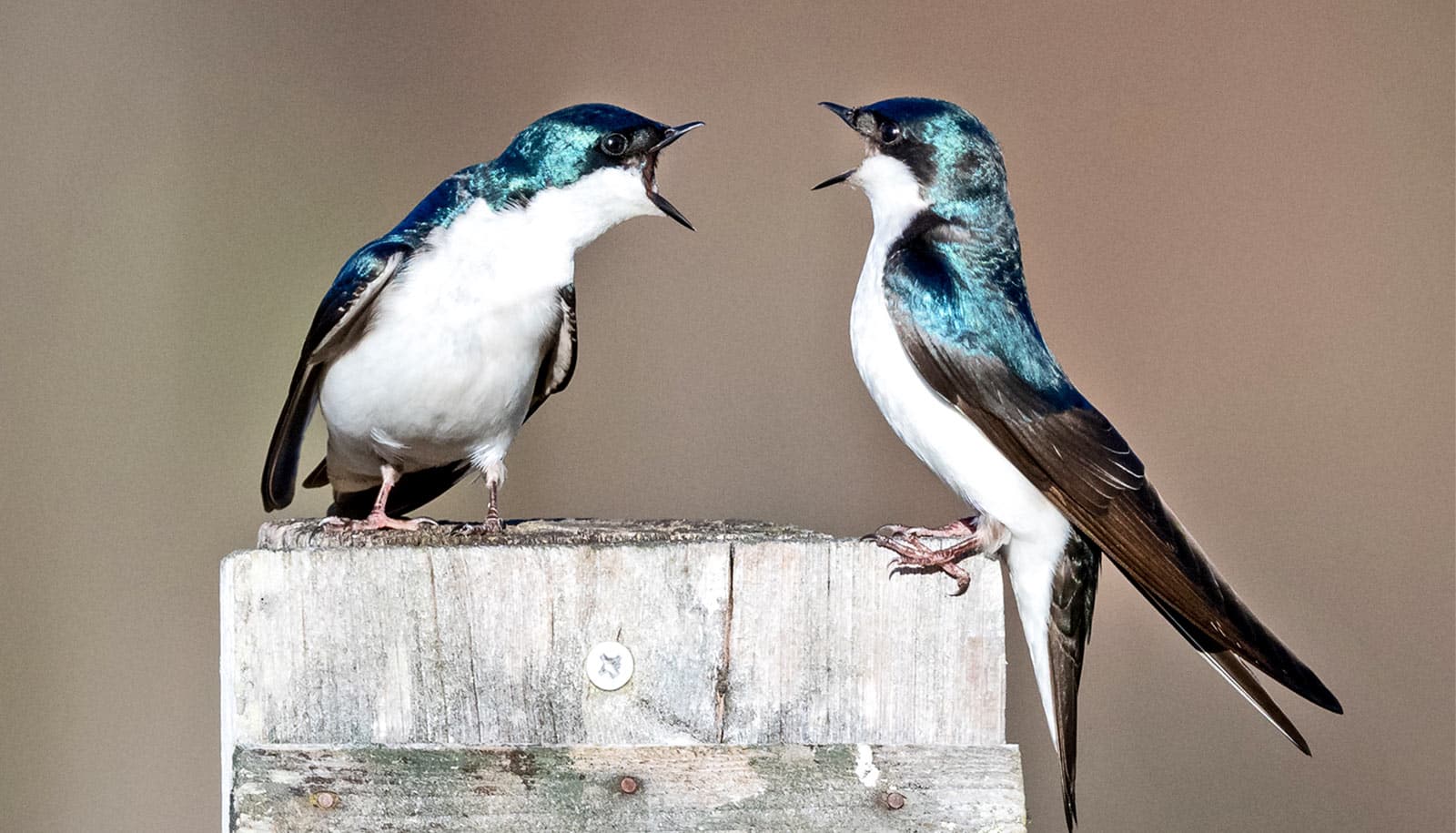New research clarifies how gulls change the shape of their wings to control their response to gusts and other disturbances while in flight.
“Birds easily perform challenging maneuvers and they’re adaptable, so what exactly about their flight is most useful to implement in future aircraft?” says Christina Harvey, assistant professor in the department of mechanical and aerospace engineering at the University of California, Davis and lead author of the paper in the Proceedings of the National Academy of Sciences.
“Gulls are very common and easy to find, and they’re really impressive gliders,” she says.

In March this year, Harvey and colleagues at the University of Michigan published a paper in Nature analyzing the flight dynamics of 22 bird species. While previous studies have tended to focus on aerodynamics—how air moves around a bird—Harvey developed equations to describe birds’ inertial properties, such as the center of gravity and the neutral point, where aerodynamic forces can be consistently modeled as point forces.
Aircraft are typically designed to be stable or unstable. A stable aircraft will tend to return back to steady flight when perturbed (for example, getting pushed up by a wind gust). This is desirable, for example, in an airliner, but not for a jet fighter. Highly maneuverable aircraft are designed to be unstable.
In their Nature paper, Harvey and colleagues show that almost all the bird species they studied are capable of both stable and unstable flight and use wing movements to shift between these modes.
The new study builds on this work, bringing together aerodynamic studies using 3D printed models of gulls and gull wings in a wind tunnel, with computer modeling of inertial forces to understand how gulls achieve stability along their long axis (falling or rising).
Gulls can adjust how they respond to perturbations in that axis by adjusting their wrist and elbow joints, and morphing the shape of the wings, they find. The team could predict the gulls’ flying qualities and how rapidly they can recover from a perturbation like a gust. That reaction time also gives insights into the “controllable range” for the bird and into applying bird flight dynamics to aircraft.
“The flight qualities analysis asks: if you built an aircraft exactly like a gull, would a human be able to fly it?” Harvey says.
As uncrewed aerial vehicles, or drones, become more widely used, they need to be able to navigate complex urban environments, something birds do very well. A deeper understanding of bird flight could help improve drone designs for various uses.
“There are so many open questions about bird flight,” she says, “I’m looking forward to seeing what else is out there to discover.”
Harvey’s work has support from the US Air Force Office of Scientific Research and the National Science Foundation.
Source: UC Davis



